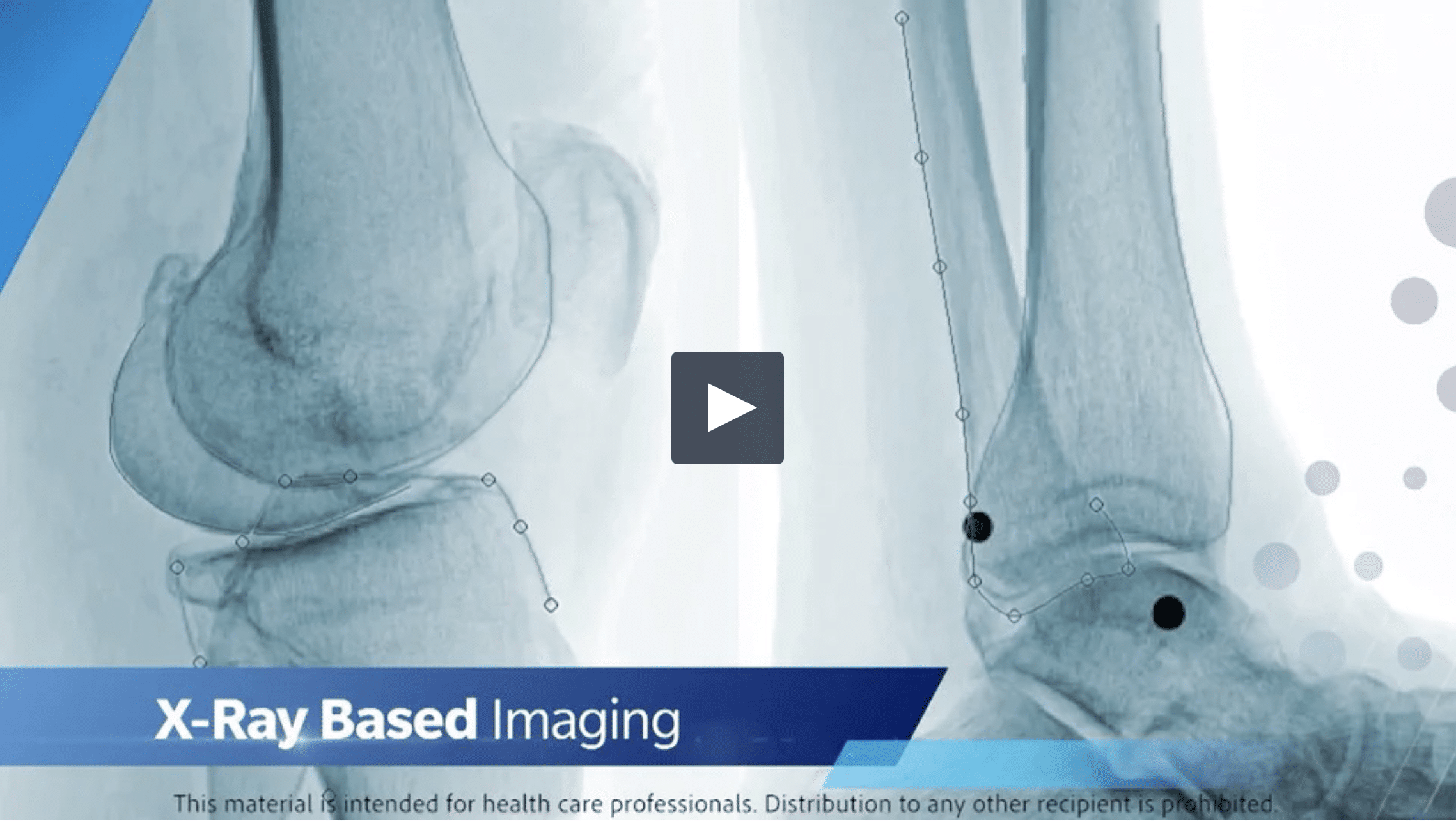Recent years have seen rapid adoption of robotic-assisted TKR intended to improve patient satisfaction and implant survivorship by increasing the accuracy and reproducibility of component placement.1 Despite the success of robotics to date, there have been some reservations around costs, longer operating times and a lack of long-term evidence comparing clinical and functional outcomes with those of conventional TKR.1
This systematic review compared implant survivorship, complication rates, and clinical and radiological outcomes between robotic-assisted (RA) TKR and conventional (C) jig-based TKR.1 The systematic literature search, which included publications between January 1990 and December 2019, identified nine comparative studies with 1199 TKR in 1159 patients.1 Of those patients, 614 underwent RA-TKR and 585 C-TKR.1
The RA-TKR group demonstrated better early functional outcomes, and fewer radiological outliers and radiolucent lines, and a reduced risk of iatrogenic soft tissue injuries (reduced blood loss and post-operative drainage).1 The authors noted that the RA-TKR approach is soft-tissue protecting because “tibial subluxation and patella eversion are not required to achieve an optimal visualisation, reducing ligament and capsular stretching.”1 They suggested that better preservation of the periarticular soft tissues reduces the local inflammatory response, pain and soft-tissue swelling post-TKR, leading to better early clinical outcomes.1 No significant differences were observed between the groups for short- to mid-term survivorship, complication rate, or operative time.1
According to the current literature, the cost of RA-TKR is partially offset by lower 90-day episode-of-care costs (p<0.0001), lower facility costs, shorter length-of-stay, and a better chance of being discharged to home.1 Reduced intraoperative bone and periarticular soft-tissue injury may help reduce the overall costs by reducing the post-acute care required.1
The authors acknowledged that more long-term studies are needed to understand how improving accuracy and reducing alignment outliers translates into long-term implant survivorship and clinical outcomes.1

